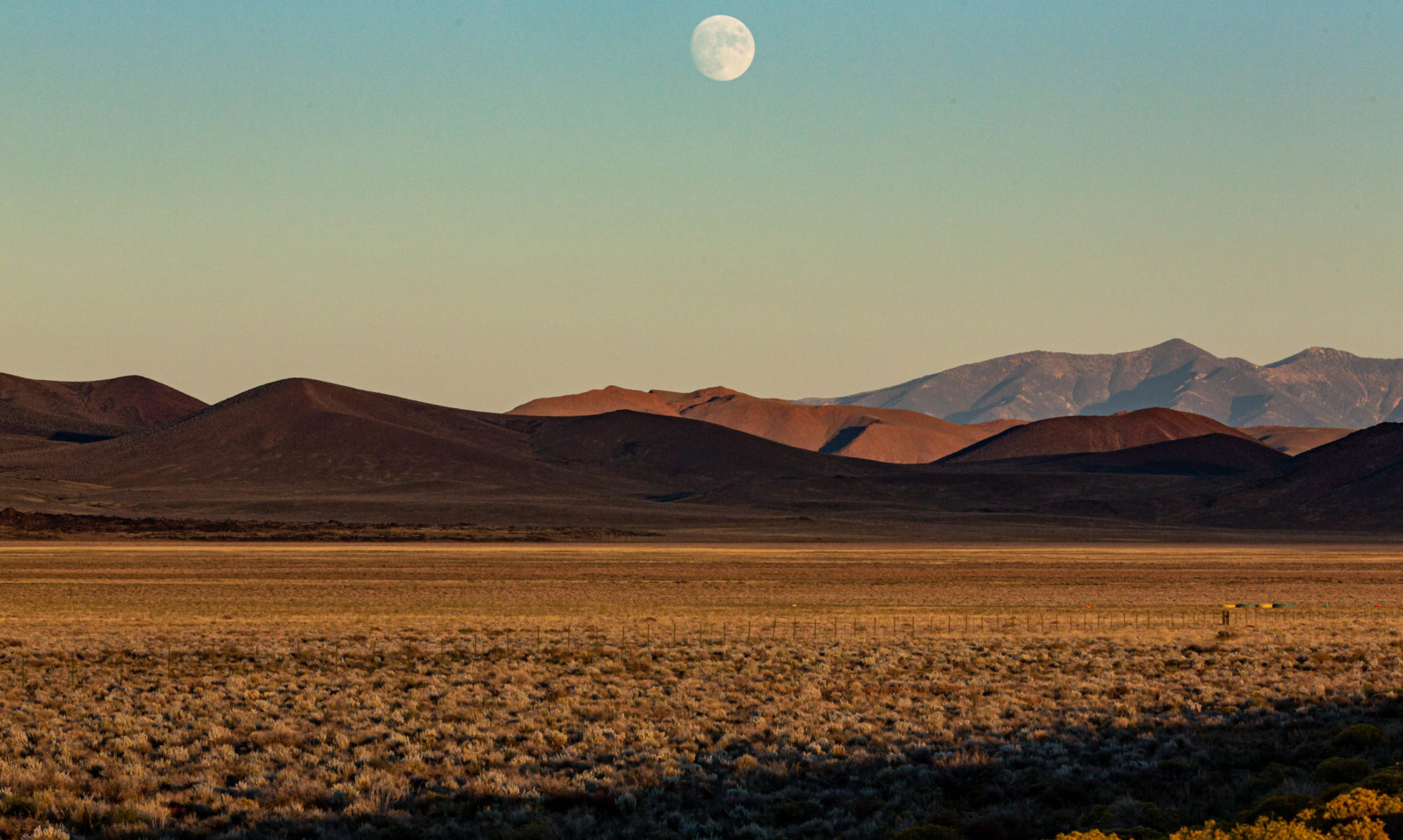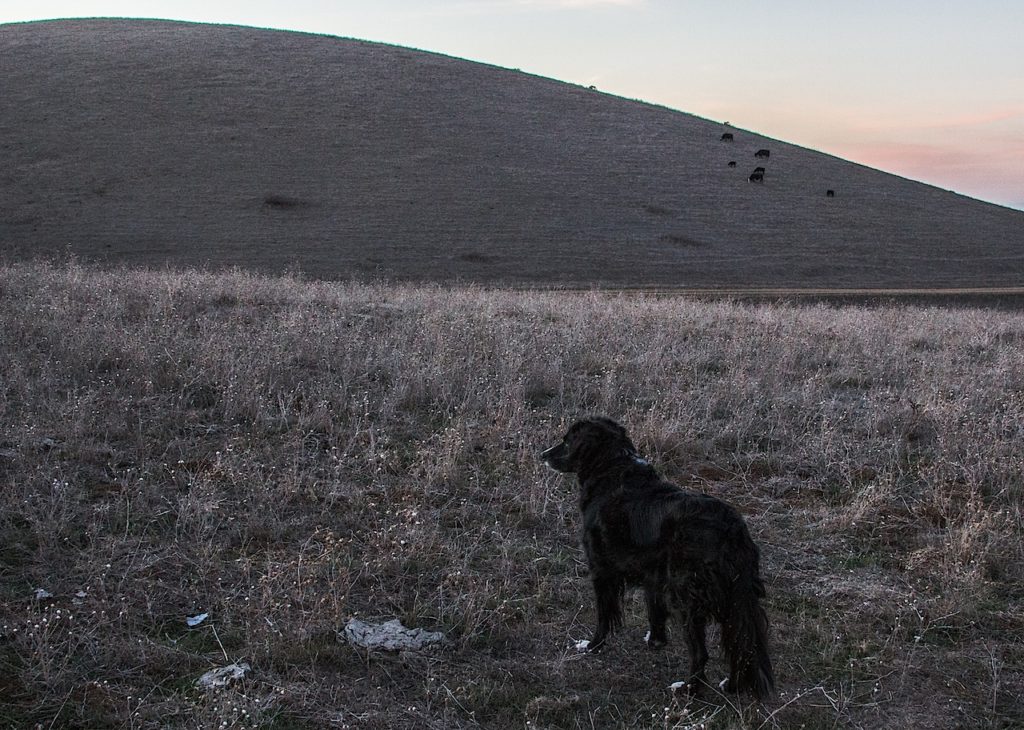This got my attention: A badly damaged car parked at the curb of Warring Street south of the Cal campus, with debris from the apparently recent collision still scattered in the street. Being as impulsively voyeuristic as the next person, I decided to stop and investigate when I saw there was a note on the windshield. I’ll refrain from the particulars in the note except to say that it was the driver who hit the parked car took responsibility, apologized, and left a personal phone number and apparently full insurance information, including a claim number.
Taking a closer look at the car that was hit, I think the owner is in for more than a little body work here. This Honda probably dates back to the mid-90s. And the driver who hit it really hit it — the parked car was pushed maybe 10 feet forward and two or three feet to the right and up over the curb. The back left of the car — destroyed. The rear wheel seems to been pushed askew. All told — 15- to 20-year-old car, severe body damage and chassis and/or axle damage — we’re looking at a total loss. Then again, I’m no insurance adjuster.
(You also kind of wonder how it happened. There’s a stop sign about 300 feet or so from the crash site, so you’d guess the driver either didn’t stop or floored it out of the stop sign to build up enough speed to move the other car as far as they did.)

